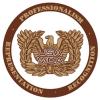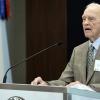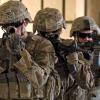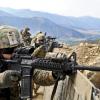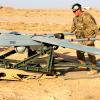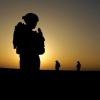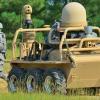As part of the Association of the U. S. Army’s commitment to support Army warrant officers, AUSA is announcing an expanded relationship with the United States Army Warrant Officers Association (USAWOA).
To recognize this partnership, warrant officers who are AUSA members will receive a complimentary one-year membership in USAWOA beginning June 1.
This new program will provide AUSA’s warrant officer members with a digital subscription to the USAWOA Newsliner and access to educational resources and scholarships specifically addressing warrant officer needs.
Those AUSA members who take advantage of...


